Toxicity and cheating are big problems in most competitive games, and the first Overwatch was no exception. Near the end of its life, the game was plagued with players who would spew vile speech through text and voice chat, making it harder for everyone else to enjoy the game. The development team at Blizzard Entertainment also frequently had to combat cheaters, who would constantly exploit loopholes in the game’s framework to enable players to use wallhacks, aimbots, and more.
With Overwatch 2, Blizzard is hoping to change the game—literally. Using a strategy they call Defense Matrix, the development team hopes to keep the game running more smoothly and prevent disruptive players from ruining the experience for everyone else. Calling to mind the D.Va ability of the same name, Defense Matrix is changing several aspects of the original Overwatch in the name of promoting positivity and responsible play.
Here are all the changes that Blizzard has made in Overwatch 2 to discourage toxicity.
Defense Matrix anti-toxicity changes
SMS Protect
When the Defense Matrix structures were originally announced a week before the game’s release, Blizzard revealed that all players, old and new, would need to connect a postpaid phone number with their Battle.net account in order to play the game. Though it was designed to prevent disruptive players from easily making multiple accounts and returning from bans, the requirement quickly angered fans. Many players took to social media to ask why those with prepaid phone plans or no phone at all should be locked out of playing Overwatch 2.
In an update shared to the game’s official forums on Oct. 5, the company partially reversed its policy. As of this writing, players who played the original Overwatch after Jun. 9, 2021–the day that players on all platforms were required to create a Battle.net account to continue playing–and anyone who played prior who has a connected Battle.net account does not have to add a phone number to their account to play Overwatch 2. New accounts and accounts that were not previously connected to Battle.net will still need to connect a postpaid phone number in order to play the game.
Endorsements
Endorsements are making a return from the first Overwatch, but they won’t work exactly the same as they did in that game. Instead of being able to endorse players in one of three categories, only one general category will be available. Players will also only be able to endorse allies; in the first game, they could also endorse enemy players for good sportsmanship. The goal of these changes is to help positive players maintain higher endorsement levels more easily. Those who maintain a high endorsement level could even receive battle pass experience directly from Blizzard.
Competitive
Blizzard is doing away with player levels and their associated portrait frames in Overwatch 2. Previously, players earned experience toward their in-game level each time they completed a match, and their portrait frame would change accordingly. Players will also no longer be able to see others’ competitive skill tiers on the pre-match screen.
The development team found that players with high levels or low skill tiers would often be the subject of toxicity from their teammates before a match even started. Players may also blame a team’s poor performance on those same players during a match. The new name cards and titles system will replace portrait frames. The only way to see a player’s skill tier is to visit their profile, which must be set to public. Profiles are private by default.
Ping system
As previously revealed by the company, Blizzard has instituted a new ping system in Overwatch 2. The ping system allows players who can’t or don’t want to use voice chat to still communicate enemy positions and other important strategy information to their teammates. Even if you do choose to use voice, pings allow you to more precisely pinpoint specific locations on maps. This helps curb toxicity by allowing players to still communicate to their team in a more concise way than text chat without having to put their voice out there.
General chat
The first Overwatch included a server-wide general chat on its menu screens that players could use in between matches. The development team found that it generally provided little benefit while allowing for a significant amount of toxicity and spam, so it’s being removed completely in Overwatch 2.
First time user experience (FTUE)
First time user experience, abbreviated as FTUE, is a set of structures and quests that new players will need to go through to unlock all of Overwatch 2’s modes and heroes. Those who played any amount of the first Overwatch will be able to jump right into everything, but new players will be introduced more gradually to everything the game has to offer.
If you’re new to the franchise, you’ll unlock heroes and modes in waves. The first wave unlocks game modes gradually and allows you to chat in-game. The second wave unlocks all of the first Overwatch’s heroes over the course of 100 total matches, allowing you to try out each hero and get a sense of how the game plays. Along the way, the game teaches you the basic rules of the game and how each mode works with the goal of helping new players feel less overwhelmed.
In addition, those who progress through FTUE will have to win 50 Quick Play matches before they can participate in Competitive. This helps Blizzard identify bogus new accounts before they reach the Competitive threshold and cuts down on toxicity by ensuring that new players learn the ropes before jumping into the game’s most heated mode.
In a Q&A with Blizzard, the developers revealed that returning players will not be able to opt-in to FTUE, even if they haven’t played in a while. All players will still have access to the practice range and games versus AI to warm up. New players who group up with existing players will not be subject to many of FTUE’s restrictions (minus the inability to play Competitive if they haven’t yet won enough matches to participate).
In addition to these changes, Blizzard has iterated on many of the first Overwatch’s security and report features to make Overwatch 2 more fair than ever. The development team will now have access to audio transcriptions that accompany reports of toxicity from players that will help them determine whether or not to issue strikes to accounts. Blizzard is also requiring that all players connect their phone number to their Battle.net account in a feature called SMS Protect, which makes it harder for players to make new accounts after they’ve been banned for cheating or toxicity.
It remains to be seen how much of an effect these changes have on the game, but it’s clear that Blizzard is making a huge push to curb the first Overwatch’s toxicity problems and ensure that competitive integrity remains intact. Players can experience all of Defense Matrix’s new protections when Overwatch 2 launches in early access on Oct. 4.


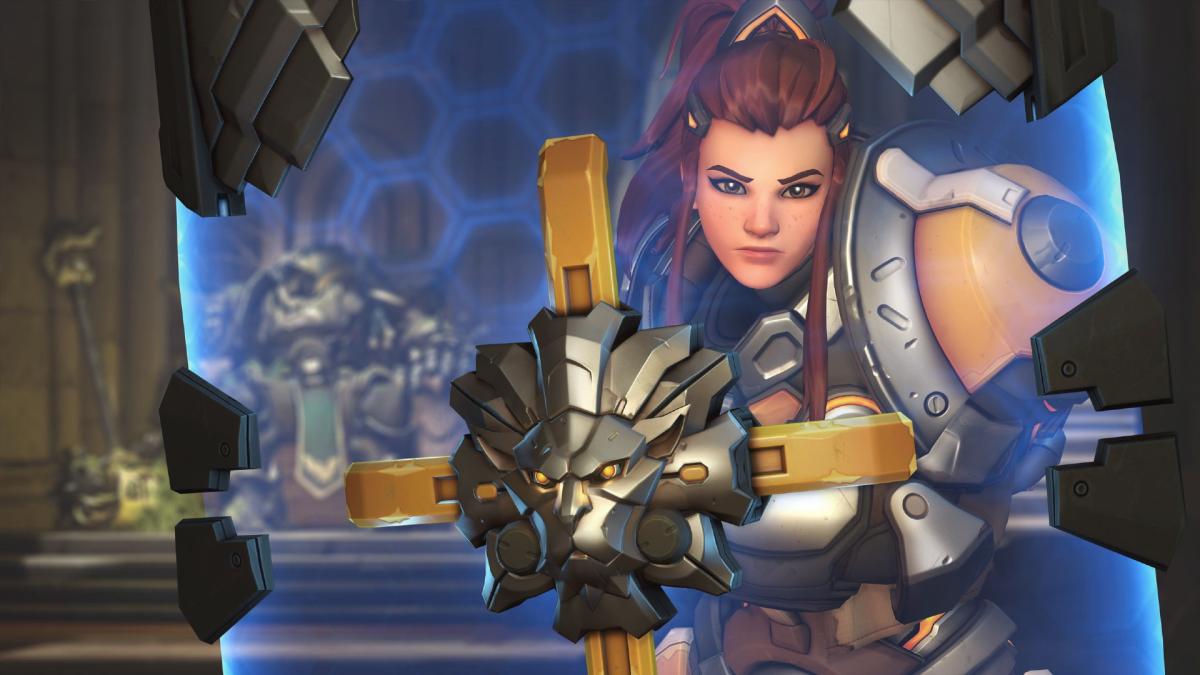
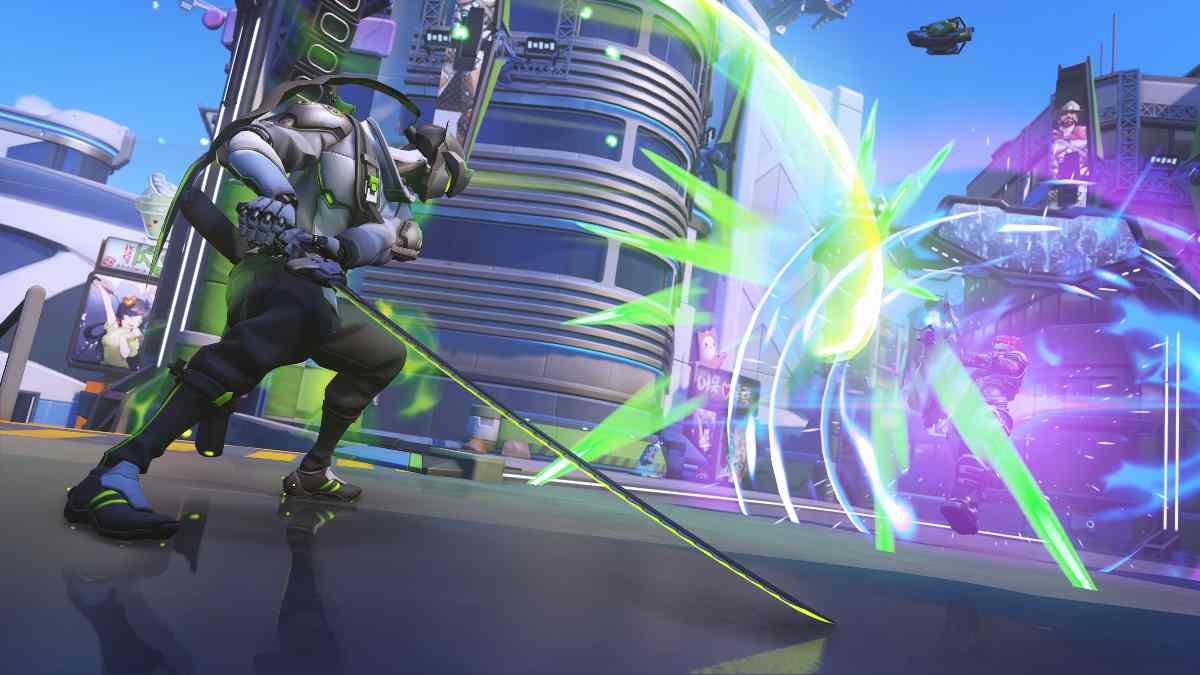
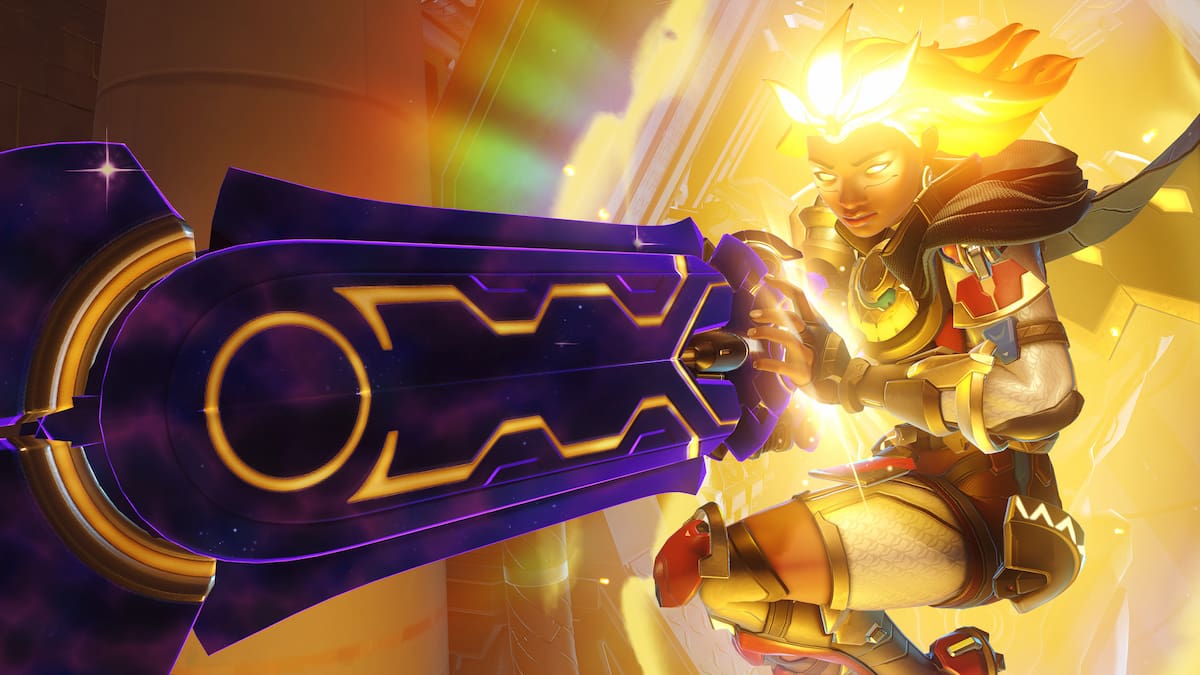
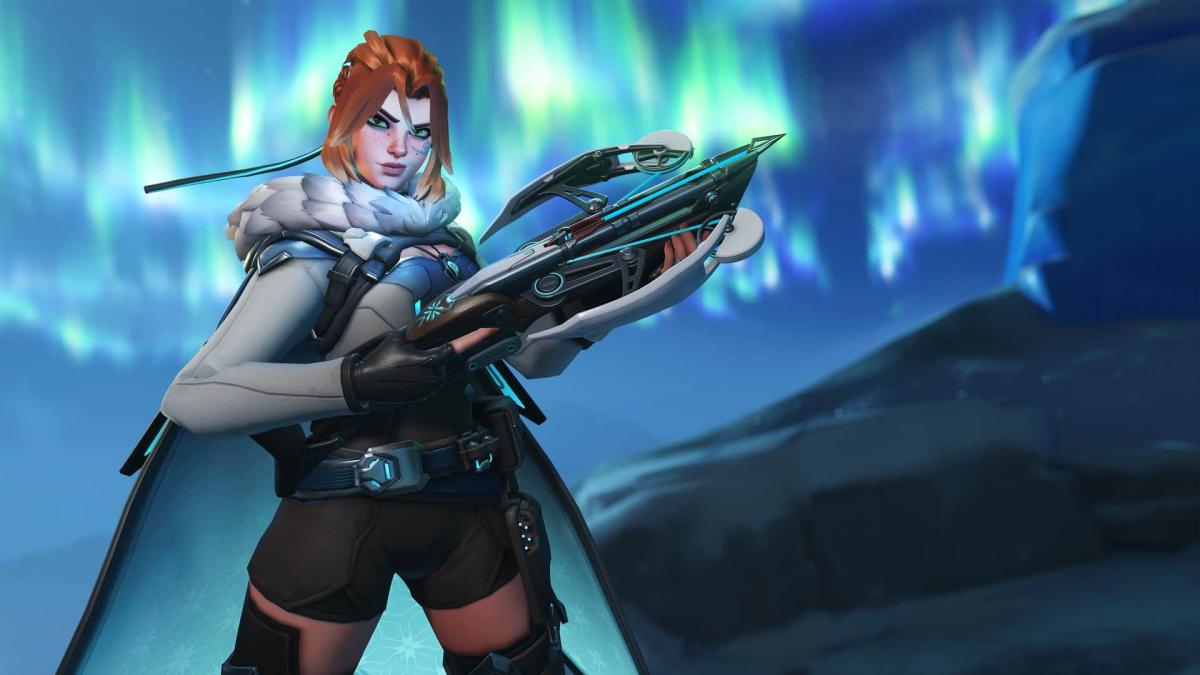
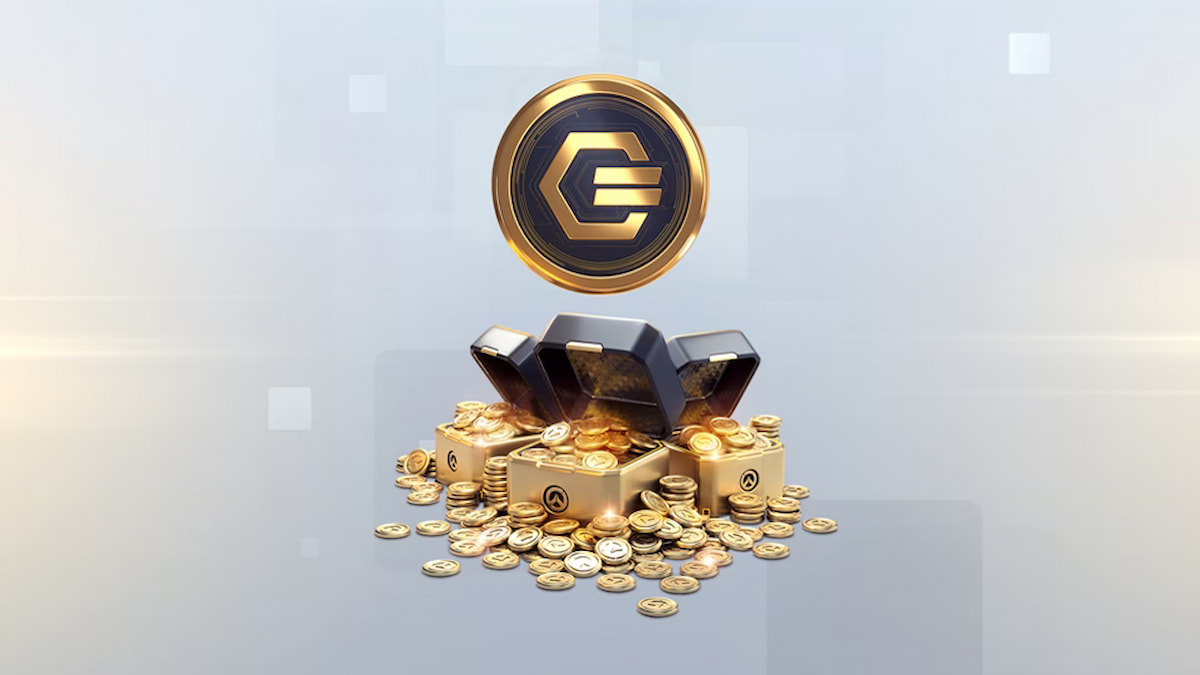

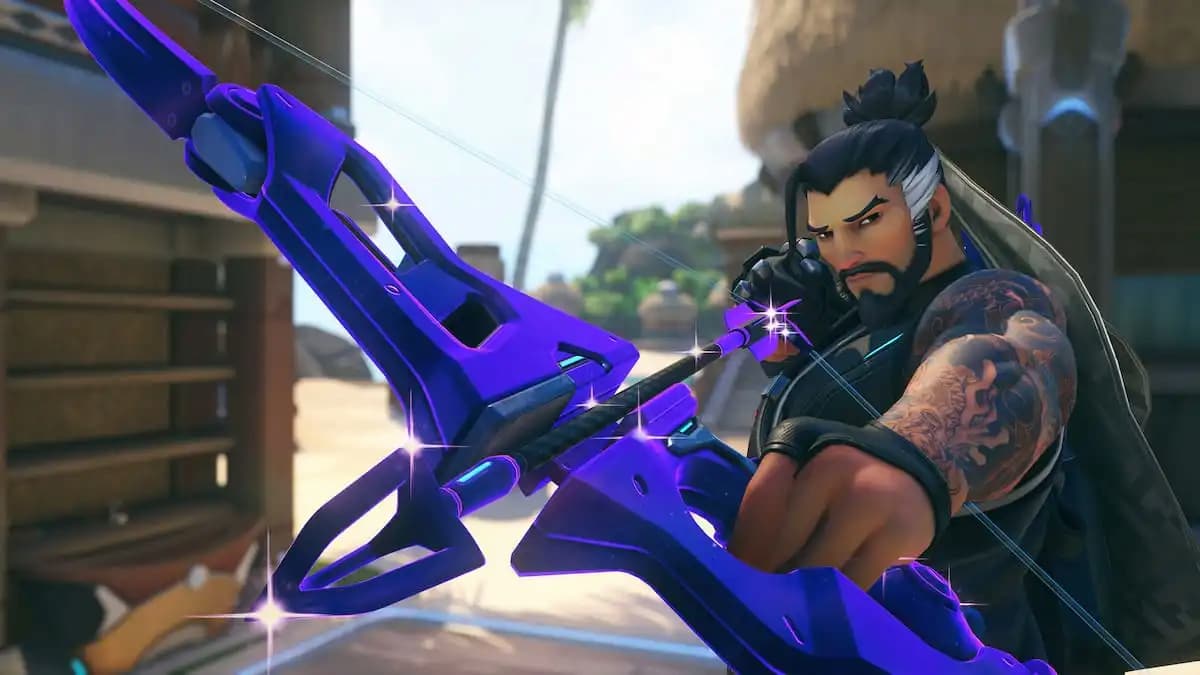

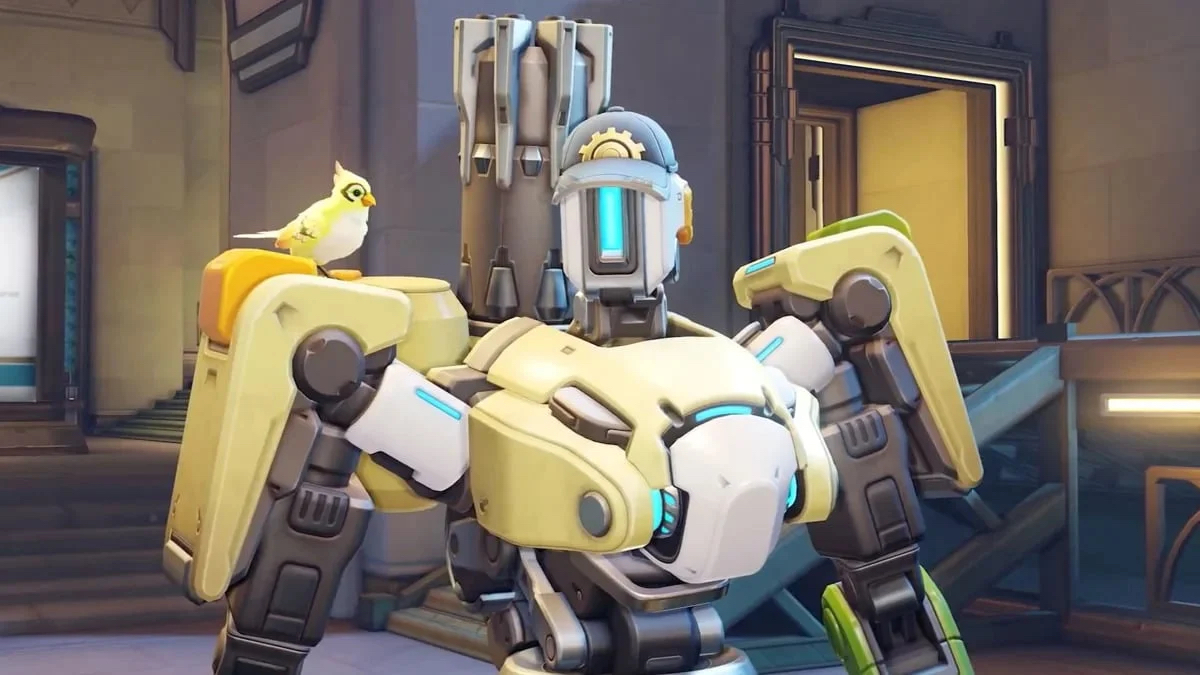
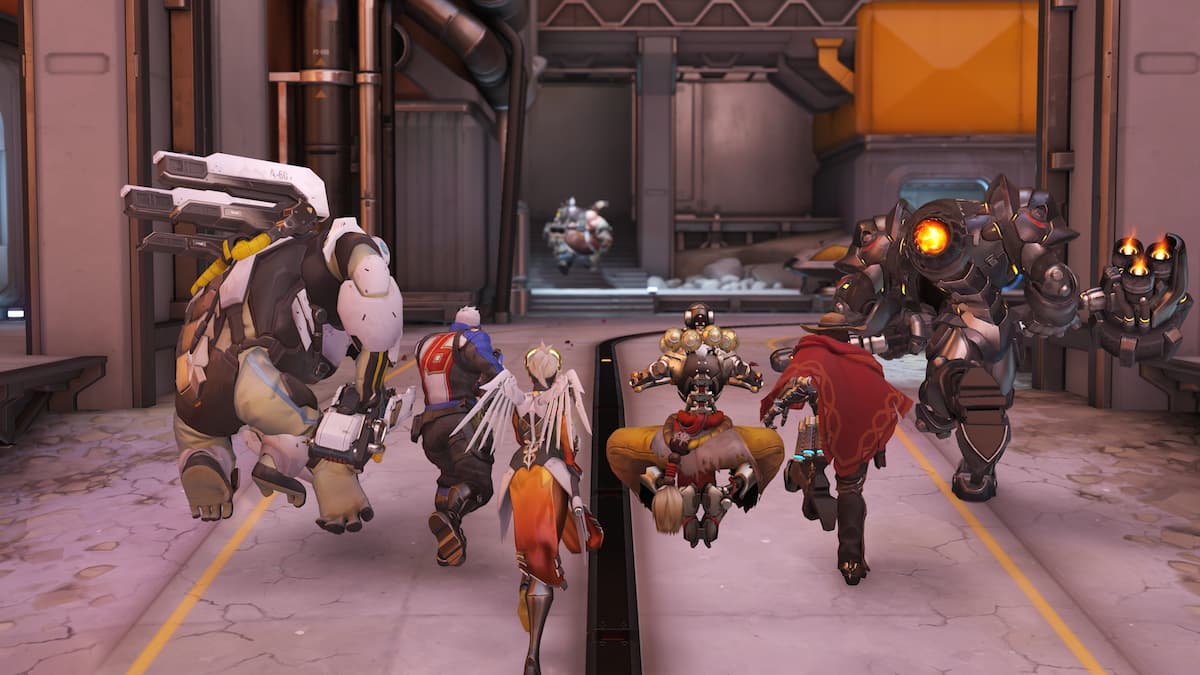
Published: Oct 6, 2022 03:04 pm